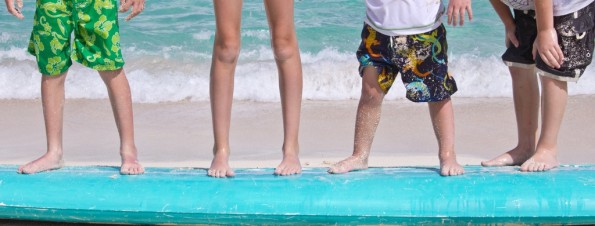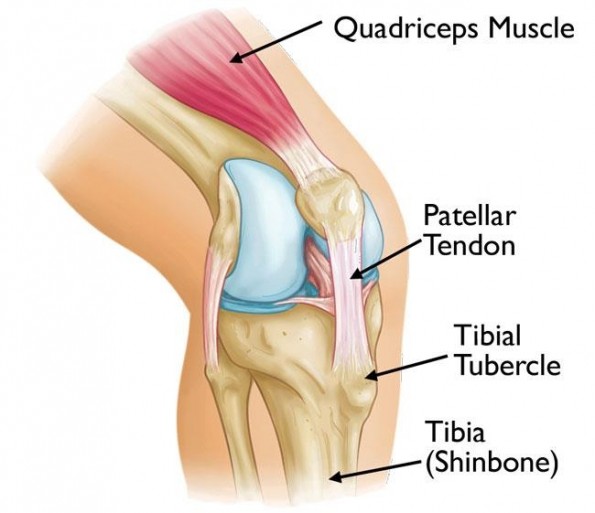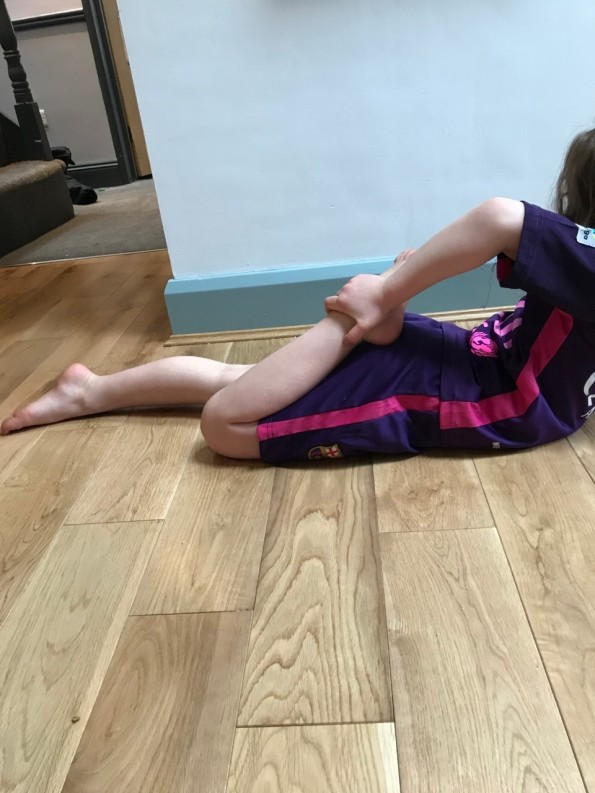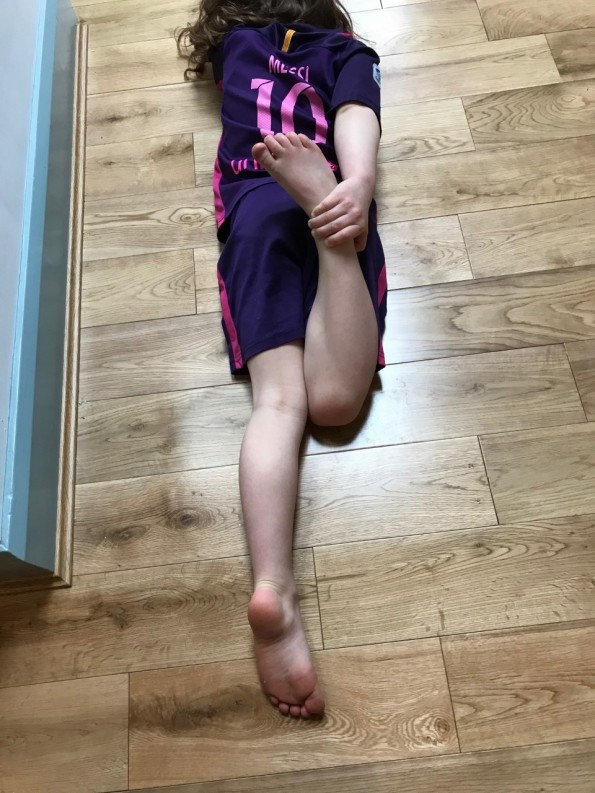YOUR PHYSIO
Paediatrics
Osgood-Schlatter's Disease

Osgood-Schlatter's disease is a common cause of knee pain in growing children. The pain is over a bump of bone in the front of the knee called the tibial tubercle. The tibial tubercle sits at the top of the tibia (shin) bone where the patellar (Knee cap) tendon attaches. This tendon attaches the kneecap to the shinbone. The pain from Osgood-Schlatter’s comes from a pulling of this tendon on the bone and the growth plate underneath, causing inflammation. The pain often starts gradually not as the result of an injury.
Osgood-Schlatter's disease most often occurs during growth spurts, when bones, muscles, tendons, and other structures are changing rapidly. Because physical activity puts additional stress on bones and muscles, children who participate in athletics — especially running and jumping sports - are at an increased risk for this condition. However, less active adolescents may also experience this problem.
When a child straightens their knee, the quadriceps muscles pull on the patellar tendon, which pulls on the tibial tubercle. This repetitive traction on the tubercle can to inflammation of the growth plate. The patellar tendon remains strong, but the attachment at the growth plate can be weak and slowly separate. As the growth plate tries to heal, extra bone may form. This may be noticed as a bump at the front of the knee.

Symptoms
Symptoms include pain and swelling. Pain is typically increased with activity and decreased with rest. The painful spot is over the bone at the top of the shinbone that is the attachment of the patellar tendon (Tibial tubercle). In some cases, both knees have symptoms, although one knee may be worse than the other. Muscles at the front and the back of the thigh may be tight.
Treatment
Once the patient stops growing, around the age of 14 for girls and 16 for boys, this problem almost always gets better. In the meantime the following may be helpful:
- Rest from high impact activities.
- Ice packs.
- Non-steroidal anti-inflammatory medication such as Ibuprofen (Speak to your pharmacist or GP).
- Stretching exercises (see below). and strengthening of the knee are all appropriate options to ease the knee pain. Some patients will get some relief with simple knee tubigrip or patellar tendon straps.
Quadriceps stretch

Laying on their tummy, knees together the child takes a hold of their foot and brings the heel to their bottom by bending their knee.

This should not be painful, only a stretch should be felt. Some children will not manage to get their heel to touch their bottom. They should bend their knee until a stretch is felt at the front of the thigh. Hold the stretch for 30 seconds and repeat 3 times.
Treatment for Osgood-Schlatter's disease focuses on reducing pain and swelling. This typically requires limiting exercise activity until your child can enjoy activity without discomfort or significant pain afterwards. In some cases, rest from activity is required for several months, followed by a strength conditioning program. However, if your child does not have a large amount of pain or a limp, participation in sports may be safe to continue.
Your child should be evaluated by a physiotherapist if the pain does get worse or they have a limp with walking.